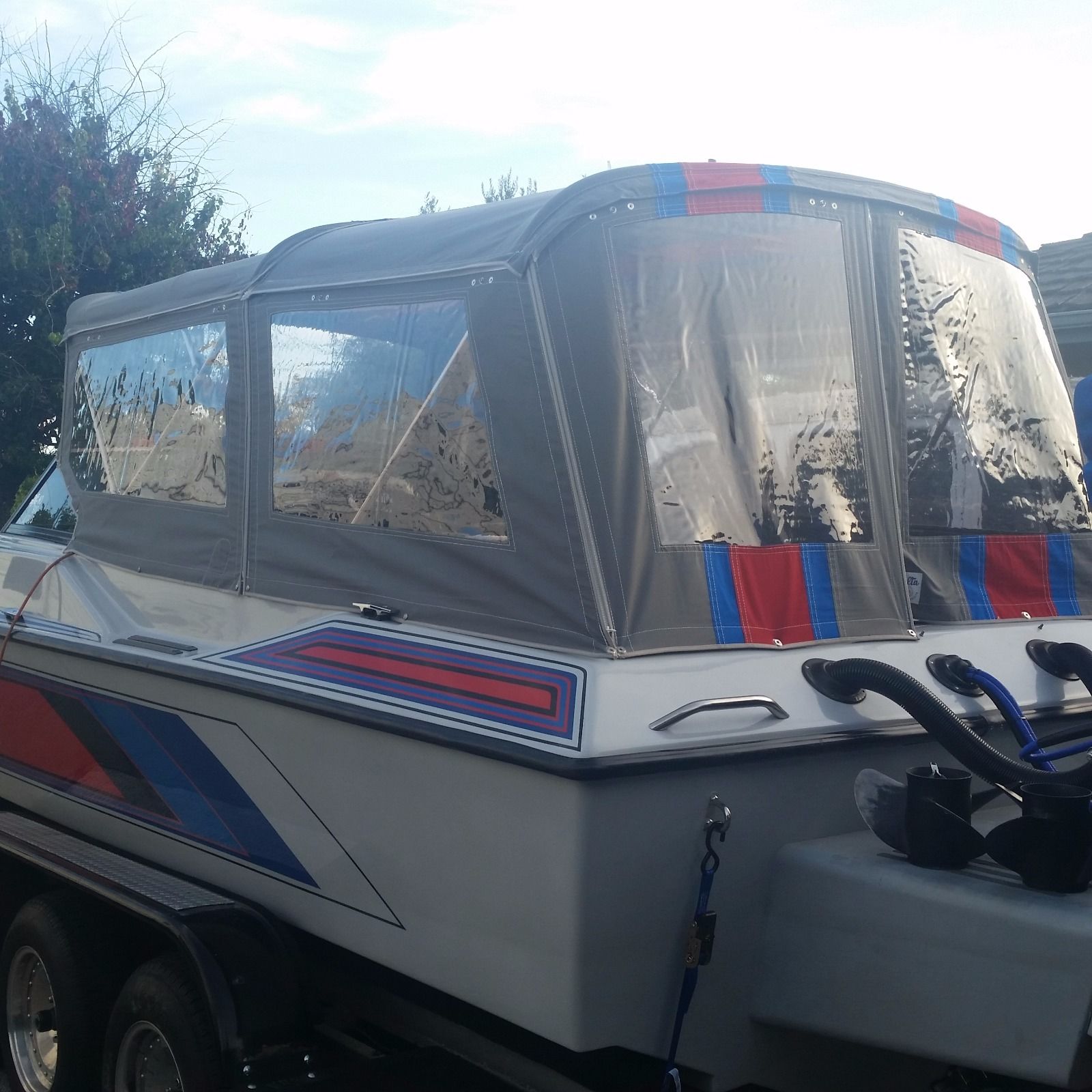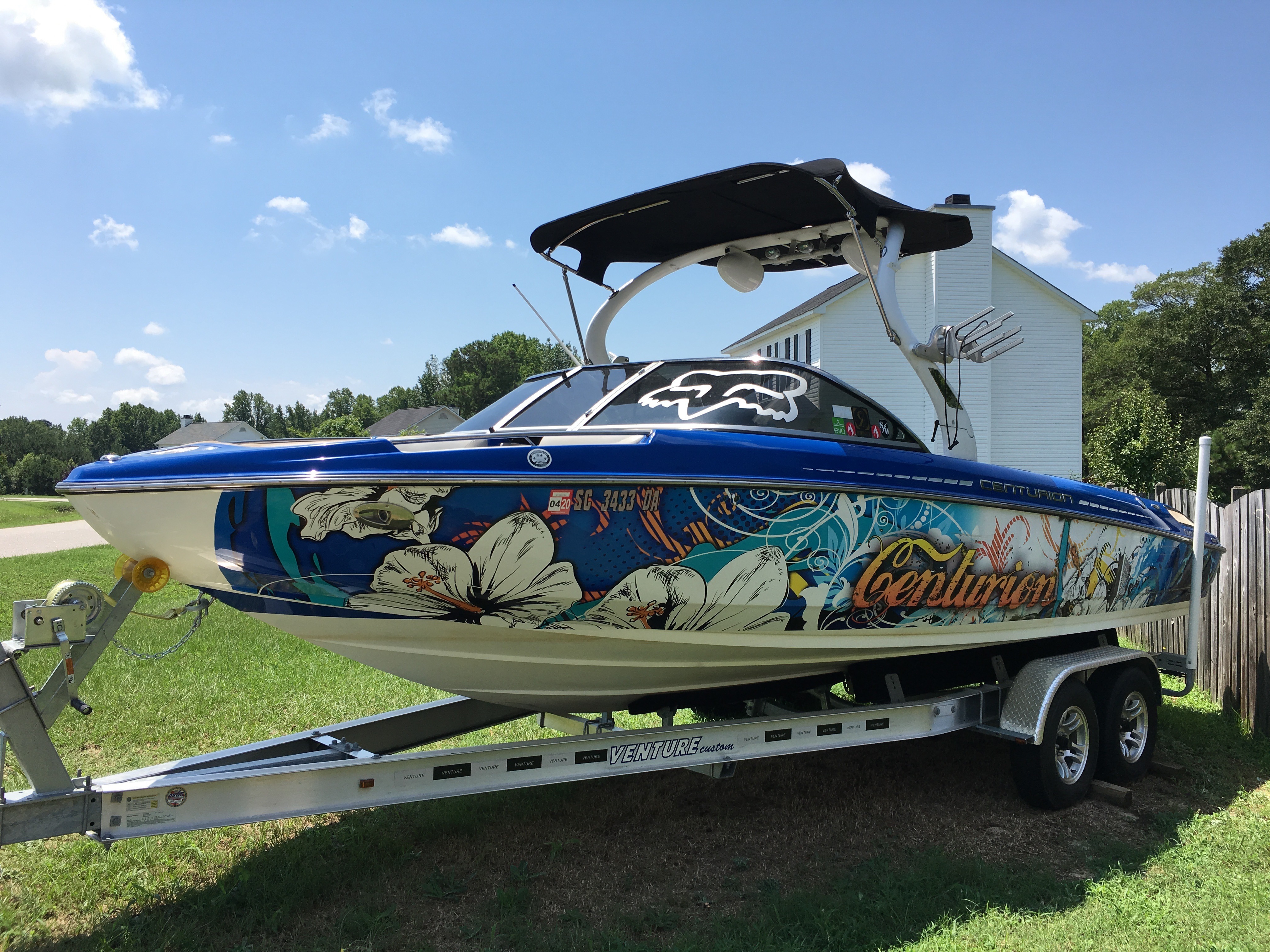

Hellfire systems product manager US Army Lt. The “Romeo” will become the mainstay of the future Hellfire fleet, used from helicopters and UAVs, until and unless Hellfire itself is supplanted by the JAGM program. It adds some guidance and navigation improvements, and goes one step further than the K-A variant: it’s intended to work well against all 3 target types: armored vehicles, fortified positions, or soft/open targets. The AGM-114N variant uses a thermobaric (“metal augmented charge”) warhead that can suck the air out of a cave, collapse a building, or produce an astoundingly large blast radius out in the open.Ī new AGM-114R “multi-purpose” Hellfire II is headed into production/ conversion. The AM-114M version was originally developed for the Navy its warhead is solely blast fragmentation, which is effective against boats, lightly armored vehicles, etc. The recently-introduced AGM-114K-A variant adds a blast fragmentation sleeve to the HEAT warhead’s anti-tank capability, giving it added versatility against unarmored targets in the open. It uses a shaped-charge HEAT(High Explosive Anti-Tank) warhead that can destroy armored vehicles, or punch into buildings. The AGM-114K is the basic Hellfire II missile, with the standard semi-active laser guidance that allows for flexible designation of targets, and flexible missile attack profiles.

Hellfire II missiles comes in several variants.


 0 kommentar(er)
0 kommentar(er)
